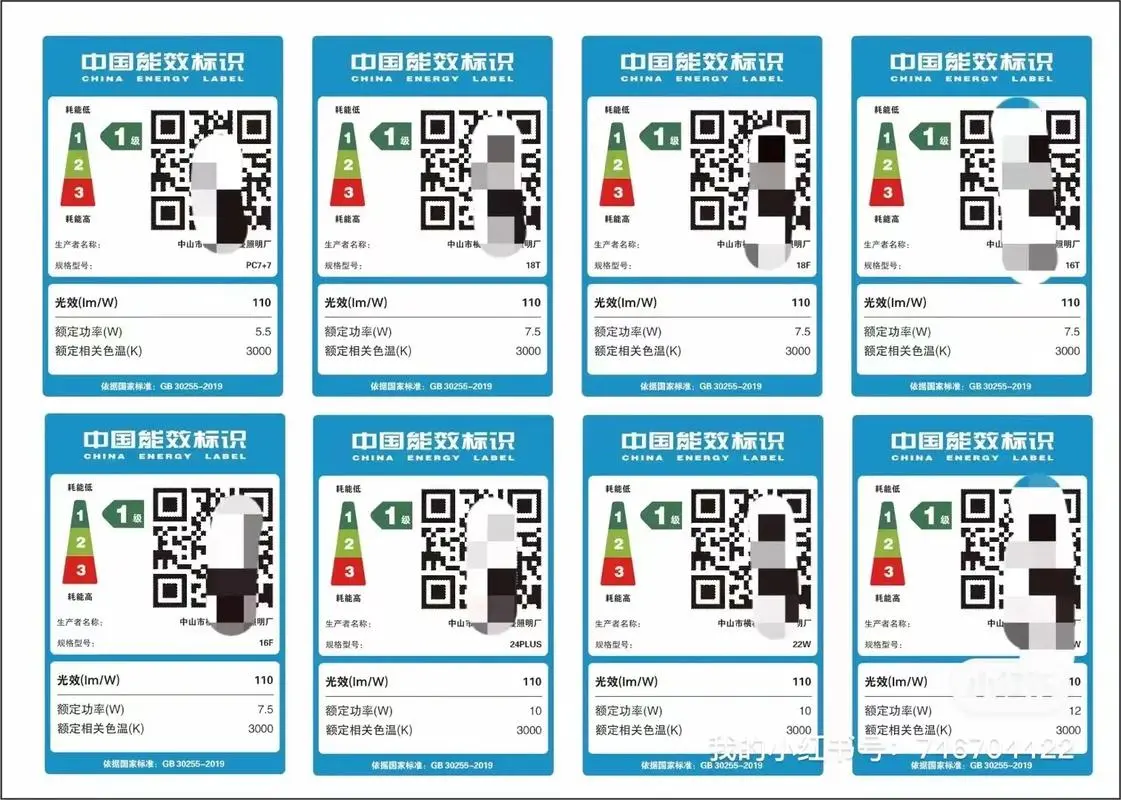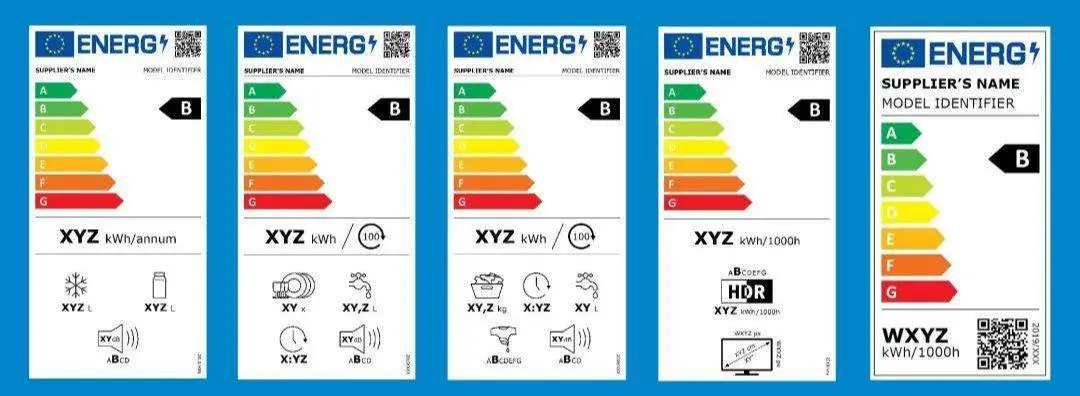
China Energy Label and EU Energy Label Certification Process
To obtain energy-saving labels for computer monitors, the main references are the China Energy Label system and relevant international energy efficiency standards (such as the EU Energy Label Certification). The specific process is roughly as follows:

China Energy Label Certification Process:
1. Determine Applicable Standards:
Ensure your monitor product complies with relevant Chinese energy efficiency standards such as GB 21520-2008 "Minimum Allowable Values of Energy Efficiency and Energy Efficiency Grades for Computer Monitors."
2. Product Testing:
Send monitor samples to a qualified third-party testing agency for energy efficiency testing. Test items include energy efficiency index, standby power consumption, off-mode power consumption, brightness, contrast, etc., to ensure product performance meets energy efficiency grade requirements.
3. Prepare Application Materials:
Collect and prepare necessary application documents, such as company qualification certificates (business license, organization code, etc.), product technical specifications, energy-saving performance reports, trademark registration documents (for the first application), cooperation agreements, etc.
4. Submit Application:
Submit the complete application materials and test reports to the China Energy Label Management Center or online through the official website.
5. Review and Approval:
Relevant departments will review the submitted materials. Upon approval, the corresponding energy efficiency label will be issued.
6. Label Affixation:
After obtaining the energy efficiency label, affix the energy label to the monitor as requiRED for consumer recognition.

EU Energy Label Certification Process:
1. Product Classification:
Determine the energy label category applicable to the monitor.
2. Energy Efficiency Testing:
Conduct energy efficiency testing according to relevant EU regULations, including energy efficiency index, standby and off-mode power consumption, etc.
3. Submit Technical Documentation:
Prepare and submit the product technical documentation, including test reports, to the EU notified body.
4. Certification Evaluation:
The notified body evaluates the test results to confirm whether the product meets erp directive requirements.
5. Obtain ERP Energy Label:
After passing the evaluation, obtain the ERP energy label, which needs to be printed on the product packaging and promotional materials.
6. Market Surveillance:
After the product is on the market, it may face market surveillance inspections to ensure continuous compliance with energy efficiency requirements.
Throughout the entire process, it is important to choose the appropriate certification body to ensure that the testing and certification process complies with relevant regulations. JJRLAB is a Chinese laboratory that can help you save 30% on certification testing costs. Feel free to send us your product specifications to get the certification cost.
Email:hello@jjrlab.com
Write your message here and send it to us
 What Are the Testing Items of California Propositi
What Are the Testing Items of California Propositi
 E-Cigarette EU TPD Testing
E-Cigarette EU TPD Testing
 Testing Certification for E-cigarettes Exported to
Testing Certification for E-cigarettes Exported to
 What is Amazon US CPC Certification?
What is Amazon US CPC Certification?
 UK Toy Safety Regulation Standard EN 71-13
UK Toy Safety Regulation Standard EN 71-13
 What is EU UFI Registration?
What is EU UFI Registration?
 EU UFI Registration for E-cigarette E-liquid
EU UFI Registration for E-cigarette E-liquid
 How to get the MSDS Report for Electronic Cigarett
How to get the MSDS Report for Electronic Cigarett
Leave us a message
24-hour online customer service at any time to respond, so that you worry!




